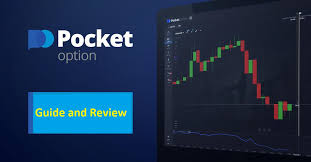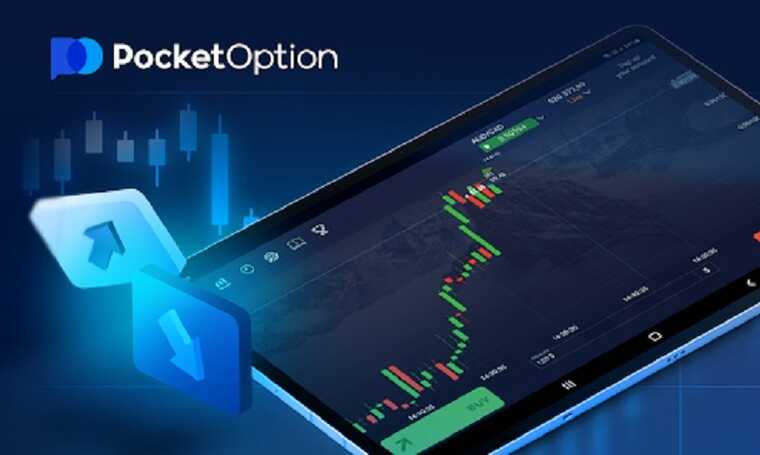
Understanding the Fees of Pocket Option: A Comprehensive Guide
Pocket Option is an increasingly popular online trading platform that allows users to trade various assets, including currencies, commodities, and stocks. It’s crucial for potential traders to understand the costs associated with trading on any platform, and Pocket Option is no exception. In this article, we will delve into the various fees Pocket Option imposes on its users and how they can affect your trading strategy. For a detailed breakdown of all fees, you can visit Fees Pocket Option https://pocketoption-exchange.com/fees/.
Types of Fees on Pocket Option
When trading on Pocket Option, users may encounter several types of fees. These usually include:
- Deposit Fees: Most trading platforms charge fees for depositing funds. Pocket Option, however, offers a variety of deposit methods, many of which are free. Nonetheless, it’s essential to check the specifics of your chosen payment method to avoid unexpected fees.
- Withdrawal Fees: Withdrawals can often attract fees, and Pocket Option has certain withdrawal charges that depend on the method you choose. Understanding these costs is vital for managing your overall expenses on the platform.
- Trading Fees: Some platforms charge a commission or spread on trades. Pocket Option operates with a different model where fees are typically integrated into the asset price, but traders should remain vigilant regarding market spreads.
- Inactivity Fees: While less common, it’s worth noting that some platforms impose fees on accounts that remain inactive for a certain period. Pocket Option may have policies regarding inactive accounts, so it’s worth reviewing their terms.
How Fees Affect Your Trading
Understanding how fees impact your trading investments is key. High fees can significantly affect overall profitability, especially for frequent traders. Here’s how:
- Impact on Profit Margins: The more you pay in fees, the less profit you will ultimately earn. This is particularly critical in a trading environment where margins can be slim.
- Choosing Investment Strategies: Depending on the fee structure, you may need to modify your trading strategy. For example, if your primary trading method involves many small trades, high fees could discourage that strategy.
- Comparison with Other Platforms: Knowledge of your fee structure enables you to compare Pocket Option with other trading platforms, ensuring you choose the most cost-effective option for your needs.

Managing Fees Effectively
Being proactive about fees can help optimize your trading experience on Pocket Option. Here are some tips to manage and potentially reduce your fees:
- Choose Your Deposit and Withdrawal Methods Wisely: Research the fees associated with different payment methods before committing. Opt for methods that have lower or no associated fees.
- Maintain Regular Trading Activity: Avoid inactivity fees by maintaining a consistent trading schedule, even if that means setting a minimal trading frequency.
- Stay Informed: Regularly check for updates to Pocket Option’s fee structures and policies. Trading platforms sometimes revise their fees, and being informed can save you money.
What to Consider Before Trading
Before starting to trade on Pocket Option, consider the following:
- Your Trading Style: Understand your trading objectives and style. Are you a short-term trader, or do you prefer long-term investments? Your approach significantly impacts how fees affect you.
- Market Conditions: Recognize that market volatility can influence both profits and losses. Assess how fees fit into market conditions before making trading decisions.
- Education and Research: Improve your market knowledge. The more you know about trading and market dynamics, the better equipped you’ll be to manage fees and other trading costs.
Conclusion
In conclusion, understanding the fees associated with Pocket Option is vital for any trader looking to optimize their investments. While the platform offers competitive pricing for many of its services, being aware of all the fees is crucial in drafting your trading strategy. By considering these factors and taking steps to manage your overall costs, you can enhance your trading experience and potentially improve your returns.
